Alright, crypto warriors, listen up! We’re not just playing games here; we’re talking about real money, real security, and real opportunities in the wild west of digital assets. This isn’t your grandma’s bank account; this is crypto, and it moves at the speed of light. But with great speed comes great responsibility, and that’s where Anti-Money Laundering, or AML, comes in. Forget what you think you know about boring regulations. This is about protecting your hard-earned digital fortune from the sharks and the scammers. We’re going to break down the ins and outs of AML, how it impacts you, and how to stay ahead of the curve.
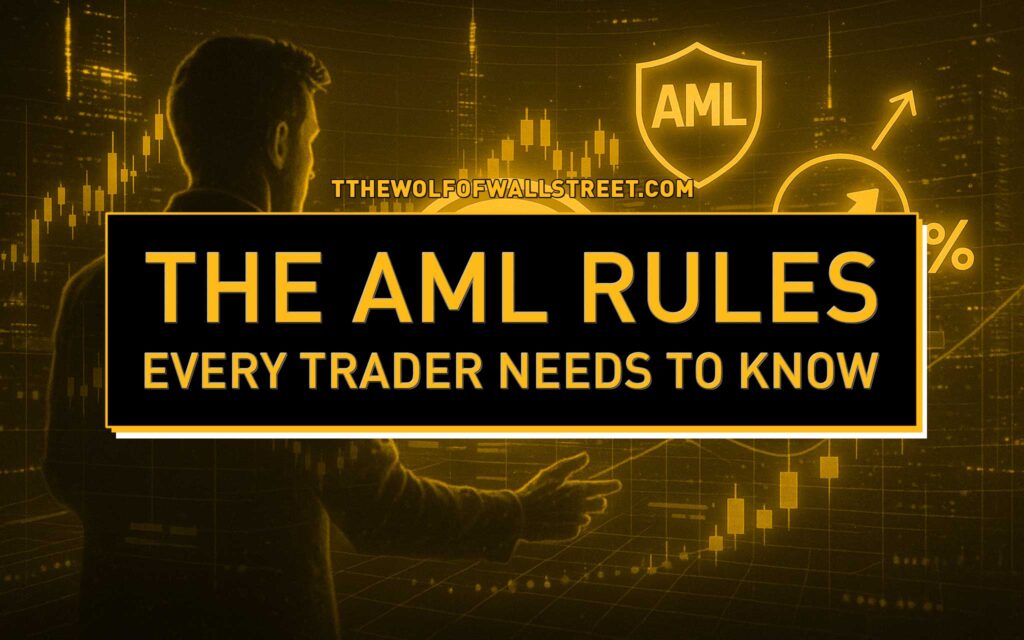
🏦 Introduction: Why AML Isn’t Just for Bankers
Let’s be brutally honest: the crypto market, for all its revolutionary potential, has been a magnet for some seriously shady characters. Think about it. Instant, global transfers, often with a veil of pseudonymity – it’s a dream come true for anyone looking to make dirty money disappear. But that’s where AML steps in, like the sharpest detective on the beat, making sure those ill-gotten gains don’t slide through the system unnoticed.
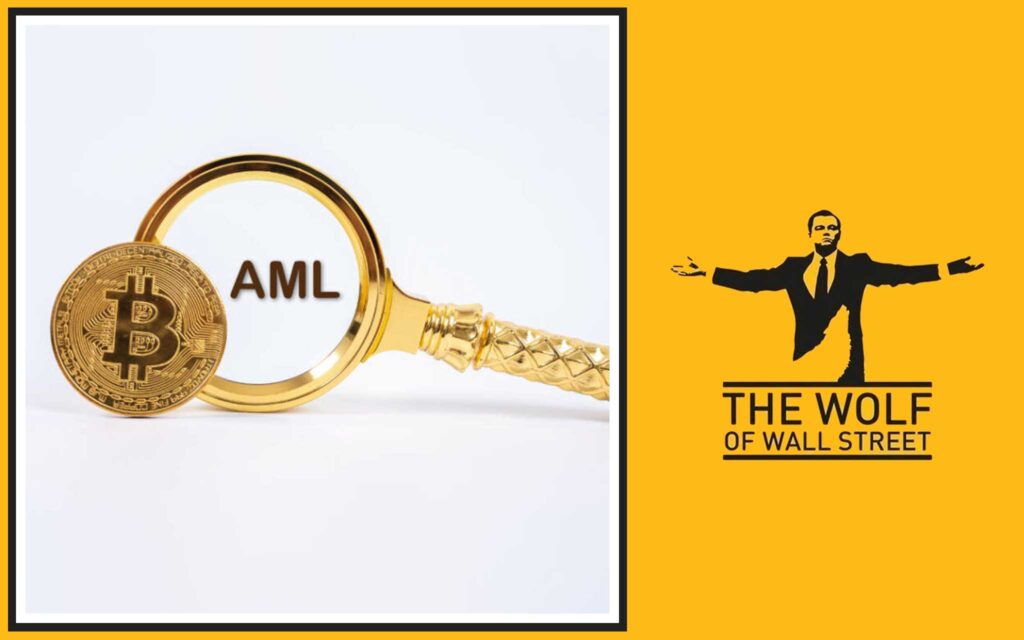
The Wild West Meets Wall Street: The Crypto Landscape
Remember when crypto felt like the Wild West? Everyone rushing in, no rules, just pure, unadulterated opportunity. Well, those days are fading, and fast. Regulators are catching up, and for good reason. When billions of dollars are sloshing around, you bet your bottom dollar governments want a piece of the action – and they want to make sure it’s clean action. This isn’t just about big banks anymore; it’s about every single transaction, every single token, every single one of you. The crypto landscape is maturing, and with that comes a demand for legitimacy.
What the Hell is AML, Anyway?
In simple terms, Anti-Money Laundering (AML) is a set of rules, laws, and procedures designed to prevent criminals from washing their dirty money clean. They make it look like illegally obtained funds – from drug trafficking, fraud, terrorism, you name it – are legitimate income. In the traditional financial world, it’s about tracing cash, wire transfers, and bank accounts. In crypto, it’s about following the digital breadcrumbs on the blockchain. The goal? To stop the flow of illicit funds, protect the integrity of the financial system, and frankly, make sure your investments aren’t inadvertently funding the next global syndicate.
Why You, the Crypto Investor, Need to Understand This
You might think, “Hey, I’m just buying a few tokens, what’s AML got to do with me?” Everything, my friend, everything. Because if the platforms you use aren’t compliant, if the regulations aren’t enforced, the entire market faces massive risks. We’re talking about fines, shutdowns, and a loss of trust that can send asset prices plummeting faster than you can say “pump and dump.” Knowing AML isn’t just about staying out of trouble; it’s about understanding the foundation of a legitimate, sustainable crypto market. It’s about protecting your wealth.
💸 The Dirty Business: How Crypto Gets Laundered
Let’s pull back the curtain on how these financial criminals operate. They’re not stupid; they’re innovative, and they’ve been quick to exploit the unique characteristics of crypto.
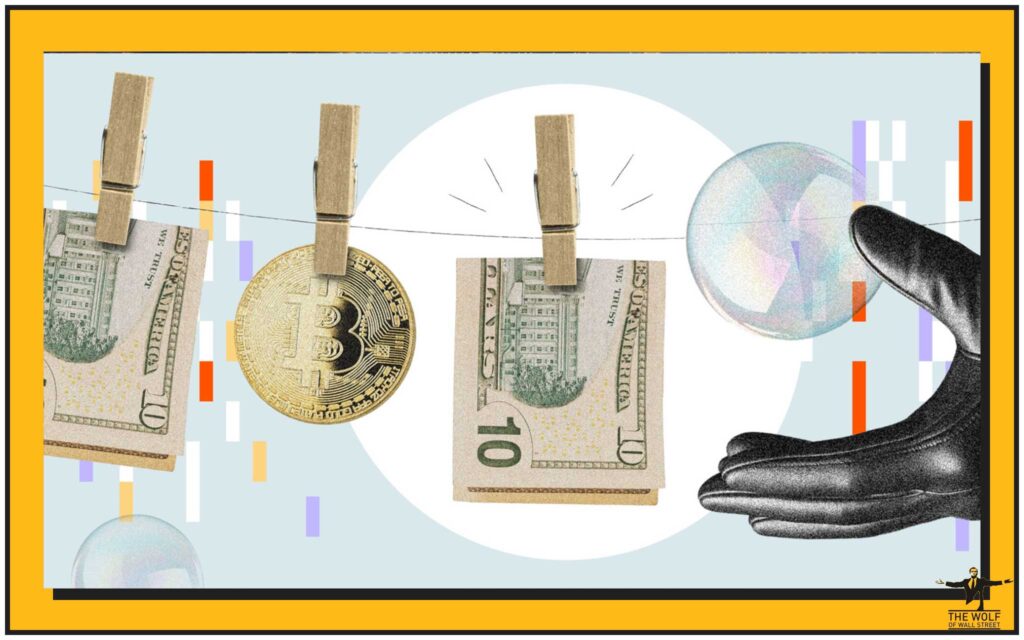
Anonymity: The Double-Edged Sword
On the blockchain, transactions are public, right? Everyone can see them. But here’s the kicker: the identities of the wallet owners are often hidden. It’s pseudonymous. You see a string of numbers and letters, not “John Smith.” This pseudonymity is a powerful feature for privacy, but it’s also a golden ticket for criminals trying to hide their tracks. They can move funds through countless wallets, creating a digital maze that’s hard to navigate without the right tools.
Cross-Border Freedom: A Criminal’s Dream
Traditional banking? Slow, expensive, and riddled with oversight. Crypto? Instant, cheap, and borderless. A criminal in one country can send illicit funds to an accomplice halfway across the globe in seconds, bypassing all the checks and balances of traditional financial systems. This global reach, while fantastic for legitimate trade, is a dream come true for money launderers.
Irreversibility and Liquidity: The Point of No Return
Once a crypto transaction is confirmed on the blockchain, it’s pretty much irreversible. No chargebacks, no cancelling. For a criminal, that means once the money is moved, it’s gone. And with the high liquidity of major cryptocurrencies, they can quickly convert their ill-gotten gains into other assets or even back into fiat currency through exchanges, making it incredibly difficult to seize.
The Art of Obfuscation: Privacy Coins and Nested Services
These guys are always looking for an edge. They’ll use privacy coins like Monero or Zcash, specifically designed to obscure transaction details, making them almost impossible to trace. Or they’ll use “nested services” – basically, sub-accounts within larger, seemingly legitimate platforms – to hide their activities within a legitimate traffic flow. It’s like hiding a needle in a haystack, but the haystack is a tornado.
When Bad Actors Strike: Lessons from the Bybit Hack
Don’t think this is just theory. We’ve seen it happen. The Bybit hack on February 21, 2025, was a seismic event, with hackers, attributed to the infamous Lazarus Group from North Korea, siphoning off an astounding $1.5 billion in Ethereum from a cold wallet during a routine transfer. This wasn’t some backroom job; this was a sophisticated attack, likely involving social engineering and phishing, highlighting the constant threat and the need for exchanges to have ironclad security and AML protocols. The funds were quickly dispersed across multiple intermediary addresses and swapped through decentralized exchanges (DEXs) and cross-chain bridges to obscure the trail, making it a nightmare for investigators.
Internal Link Suggestion: Don’t get caught unaware! Protecting your assets is paramount. Learn how to secure your holdings with our guide on trading bots vs AI agents for enhanced security and risk management.
🌐 The Watchdogs: Global AML Regulations in Crypto
Now, let’s talk about the cavalry. Governments and international bodies aren’t sitting idly by. They’re deploying a powerful arsenal of regulations to combat crypto-related financial crime.

FATF: The Global Puppeteers
The Financial Action Task Force (FATF) is the global standard-setter for AML and counter-terrorist financing (CTF). They don’t make laws, but their recommendations are the bible for countries worldwide. If a country doesn’t follow FATF guidelines, they risk being blacklisted, which can cripple their financial system. They were the ones who dropped the hammer with the “Travel Rule” in 2019, fundamentally changing the game for crypto.
KYC: Know Your Customer, Or Else!
This is ground zero for AML. Know Your Customer (KYC) mandates that crypto platforms verify the identity of their users. Think about it: when you sign up for an exchange, they ask for your ID, proof of address, sometimes even a selfie. It’s not because they’re nosey; it’s because they have to. This process links a real person to a blockchain address, making it infinitely harder for criminals to operate anonymously. Without robust KYC, an exchange is an open door for illicit activity, and regulators will shut it down faster than you can say “liquidation.”
The Travel Rule: Your Transaction’s Passport

This is where things get serious for larger transactions. The Travel Rule (FATF Recommendation 16) requires Virtual Asset Service Providers (VASPs), like crypto exchanges and wallet providers, to share identifying information about both the sender and receiver for transactions exceeding a certain threshold (often around $1,000 or $3,000, depending on the jurisdiction). It’s like a digital passport check for your crypto. If you’re sending a significant amount, both the sending and receiving platforms need to know who’s on both ends of that transaction. This is a massive leap towards stripping away crypto’s pseudonymity and making it a nightmare for criminals to shuffle funds unnoticed.
Non-Compliance: A One-Way Ticket to Disaster
Let me tell you, the consequences of non-compliance are brutal. We’re talking massive fines that can bankrupt a company, legal repercussions including criminal charges for executives, and a complete loss of reputation. Beyond that, non-compliant platforms are security nightmares. They become targets for hacks, exploits, and all sorts of illicit activity because they’re seen as weak links. As a user, if you’re on a platform that’s cutting corners on AML, you’re putting your own funds at risk. It’s like trading on a ship with holes in the hull.
Internal Link Suggestion: Understanding these complex regulations and market shifts is crucial. For more on market dynamics and strategic moves, dive into our guide on mastering crypto dominance trading strategies.
🗺️ AML by Country: A Global Gauntlet
The regulatory landscape isn’t uniform. It’s a patchwork, and it’s constantly evolving. Here’s a quick tour of how key players are tackling crypto AML.
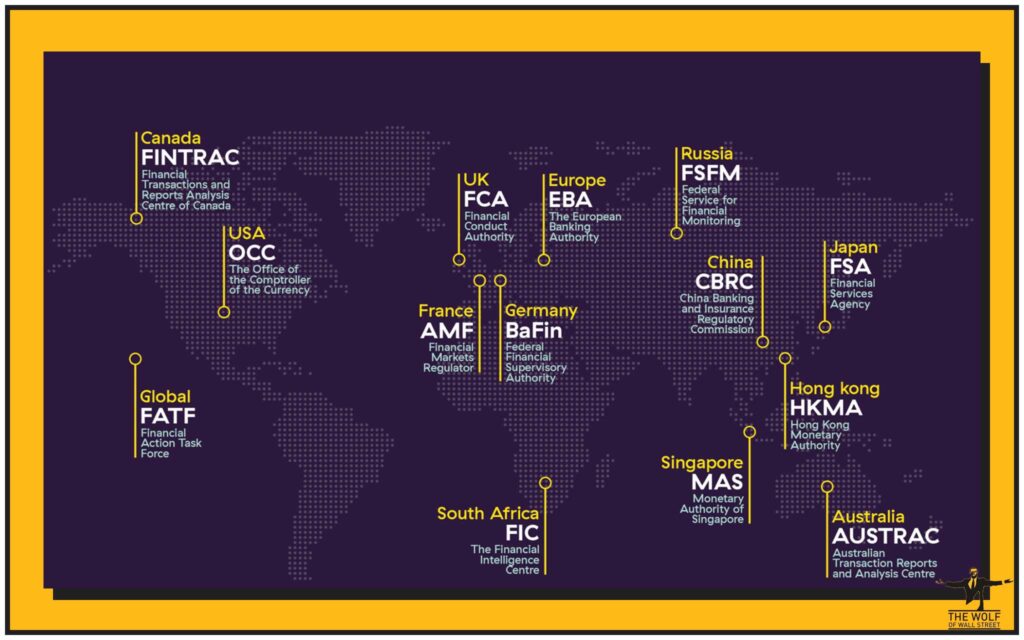
The United States: Land of the Free, Home of the FinCEN
The US is a major player, and they’re serious. The Financial Crimes Enforcement Network (FinCEN) is the primary watchdog.
- MSBs and Beyond: What You Need to Know: Many crypto exchanges in the US are required to register as Money Services Businesses (MSBs) and comply with the Bank Secrecy Act (BSA). This means strict AML programs, including KYC, suspicious activity reporting (SARs), and record-keeping.
- The $3,000 Rule: Mind Your Transfers: For transactions over $3,000, the US Travel Rule applies, meaning sender and receiver information must be collected and shared between VASPs. Non-compliance here can lead to heavy penalties.
The European Union: Directives and Digital Assets
The EU is moving towards a more harmonized approach with its directives.
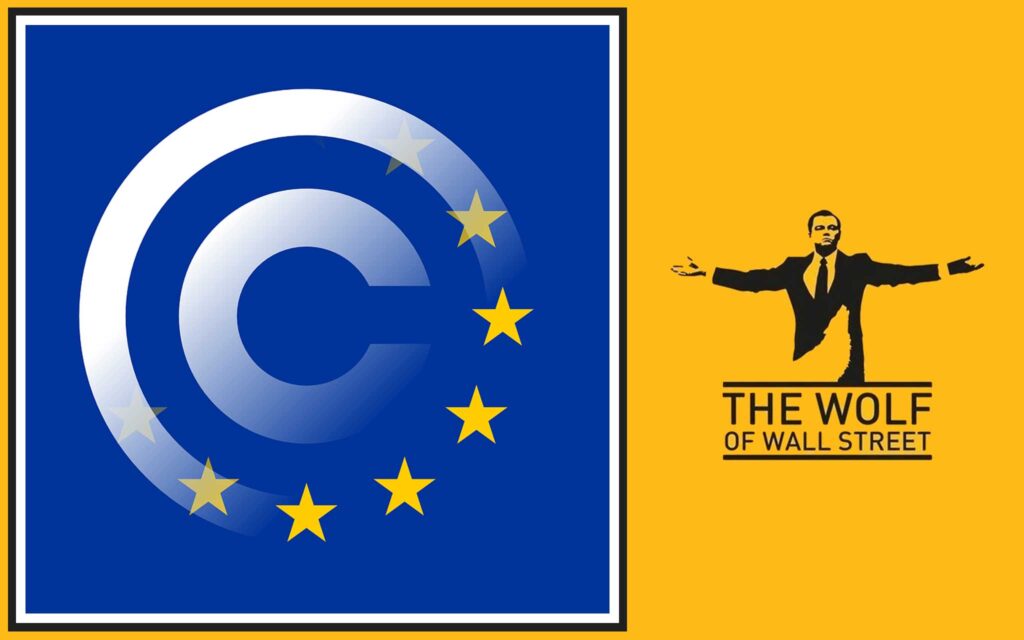
- The 5th and 6th AML Directives: A United Front: The 5th and 6th Anti-Money Laundering Directives (AMLD5 and AMLD6) brought crypto-asset service providers under the AML umbrella, requiring them to implement KYC and transaction monitoring.
- Recast TFR: The Future of European Crypto: The upcoming Transfer of Funds Regulation (TFR) aims to fully align crypto with the Travel Rule, making it a standard across all EU member states, standardizing KYC and transaction reporting even further. This is a game-changer for European crypto.
The UK: Post-Brexit, Pre-Emptive Measures
The UK, post-Brexit, is forging its own path, but it largely aligns with global standards.
- FCA and Crypto-Asset Businesses: The Financial Conduct Authority (FCA) is the main regulator. Crypto-asset businesses must register with the FCA and comply with AML and CTF regulations.
- The Evolving Landscape: The UK is developing a comprehensive regulatory framework for cryptoassets, covering everything from trading and custody to staking, with full implementation expected in 2026.
Asia: A Mix of Innovation and Regulation
Asia is a diverse region, with some nations embracing crypto with cautious regulation, and others taking a stricter stance.
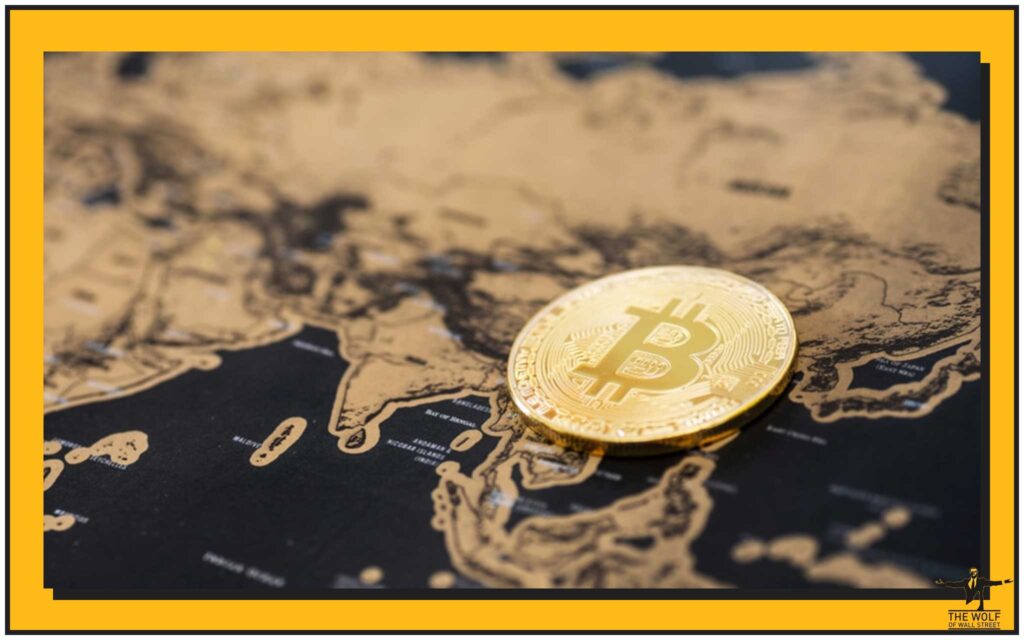
- Japan: Pioneering Crypto Regulation 🇯🇵: Japan was one of the first to regulate crypto exchanges, requiring them to register and implement robust AML measures. They’ve been ahead of the curve.
- Singapore: A Hub for Responsible Innovation 🇸🇬: Singapore positions itself as a fintech hub, but with strong regulation. The Monetary Authority of Singapore (MAS) enforces strict AML/KYC for crypto businesses, and the Travel Rule applies for transactions over SG$1,500.
- Hong Kong: Navigating the New Normal 🇭🇰: Hong Kong aims to become a regional digital asset hub, introducing new licensing regimes for exchanges and reviewing rules for derivatives and lending, with strict stablecoin requirements on the horizon.
- South Korea: Strict Rules, High Stakes 🇰🇷: South Korea has stringent AML/KYC requirements for crypto exchanges, requiring real-name accounts and strict reporting.
- India: A Giant Awakens to Crypto Law 🇮🇳: India has been somewhat indecisive, but is moving towards regulatory oversight, with a 30% tax on crypto earnings and a 1% tax deduction at source on certain transactions, signaling an acceptance, albeit cautious, of digital assets.
Canada and Australia: North American and Down Under Approaches
- FINTRAC’s Grip in Canada: In Canada, FINTRAC (Financial Transactions and Reports Analysis Centre of Canada) oversees AML/CTF compliance for virtual asset service providers (VASPs), requiring registration and reporting.
- AUSTRAC’s Watch in Australia: Australia’s AUSTRAC requires digital currency exchanges to register and adhere to AML/CTF obligations, including customer identification and suspicious transaction reporting.
Switzerland: Crypto Nation, Compliant Nation
Switzerland has long been a progressive hub for blockchain innovation, but it also maintains strong regulatory oversight.
- FINMA’s Approach: Balancing Innovation and Integrity: FINMA, the Swiss financial regulator, has issued clear guidelines for blockchain-based businesses, applying existing financial market laws to crypto, including robust AML/KYC requirements and adherence to the Travel Rule. They’ve found a way to foster innovation without compromising integrity.
👤 The Impact on You: The Crypto User’s Reality Check
So, how does all this regulatory muscle-flexing affect your daily crypto life? It’s not just for the big players; it shapes your experience.

Onboarding: Your First Hurdle
Remember those days of signing up for an exchange with just an email? Forget about it. Now, you’re facing rigorous KYC checks. ID scans, proof of address, maybe even a video verification. It’s a hurdle, no doubt, and it can slow down your entry into the market. But it’s also a necessary evil. These measures are designed to keep out the bad actors, making the platforms safer for legitimate users like you.
Transaction Monitoring: Big Brother is Watching (Your Trades)
Every transaction you make on a regulated exchange is being monitored. Not in a creepy, “what are you buying for dinner” way, but in a “is this transaction part of a larger pattern of illicit activity” way. Large transfers, unusual frequencies, or odd destinations might get flagged, potentially delaying your trade or triggering a Suspicious Activity Report (SAR). If you’re a non-domiciled user with US ties, be extra mindful, as IRS scrutiny via Form 1099-DA can apply to your crypto gains. This is why having a strong understanding of your crypto profit-taking strategies becomes even more critical.
Cross-Border Transfers: The New Rules of Engagement
The Travel Rule means that for significant cross-border crypto transfers, more personal data is being exchanged between VASPs. This can feel like a violation of the privacy that drew many to crypto in the first place. It adds friction, no doubt. But it’s the price of admission for a regulated, legitimate global crypto economy.
Privacy vs. Security: The Eternal Tug-of-War
This is the central dilemma. The very features that make crypto attractive – decentralization, pseudonymity – also make it appealing for illicit activities. AML aims to strike a balance, enhancing security and legitimacy by reducing anonymity. For users, it means a trade-off. Do you prioritize absolute privacy, or do you opt for the increased security and mainstream acceptance that comes with compliance? It’s a personal choice, but the market is clearly moving towards the latter.
Costs: Who Pays the Price for Compliance?
Implementing robust AML frameworks isn’t cheap. Platforms have to invest heavily in technology, compliance teams, and legal counsel. These costs often get passed on to users through higher fees or slightly wider spreads. It’s a bitter pill, but it’s part of ensuring the long-term viability and integrity of the crypto market. Just like in any legitimate business, quality and security come at a price.
📈 Staying Ahead of the Game: Your Blueprint for Success
You’re in this game to win, right? So, here’s how you stay on top of the AML challenge and keep your crypto empire safe and growing.

Choosing the Right Platform: Due Diligence is King
Don’t just jump on the first exchange you see. Do your homework! Look for platforms that are transparent about their AML and KYC procedures. Check their regulatory licenses. A reputable exchange will wear its compliance like a badge of honor. Avoid those dodgy, unregulated outfits promising unrealistic returns – they’re typically a front for something far worse. They are a ticking time bomb.
Understanding Your Responsibilities: Ignorance is NOT Bliss
Don’t bury your head in the sand. Read the terms and conditions. Understand the KYC requirements. Be prepared to provide the necessary documentation. If a platform asks for something you don’t understand, ask questions. The more informed you are, the less likely you are to fall foul of regulations or get caught up in illicit activity. Your knowledge is your shield.
The Future of AML: AI, Blockchain, and Beyond

This isn’t a static battle. Regulators and platforms are constantly innovating. We’re seeing the rise of AI-powered transaction monitoring systems, blockchain analytics tools that can trace funds across multiple chains, and even the use of privacy-enhancing technologies that comply with AML while maintaining a degree of user privacy. The technology is evolving, and the fight against financial crime is getting smarter. This is where innovation meets regulation, and the good guys are getting the upper hand.
Real-World Scenarios: How AML Protects Your Investments
Think about it. When major hacks like the Bybit incident occur, robust AML frameworks, coupled with the work of blockchain analytics firms and law enforcement, are what help trace stolen funds, potentially freezing them and preventing criminals from cashing out. While the Bybit thieves scattered funds across numerous wallets and DEXs to obscure their trail, the transparency of the blockchain, combined with sophisticated tracing tools, allows investigators to follow every single move. This collective effort, underpinned by AML principles, is what helps maintain stability and trust in the market. It means that while hacks are devastating, the system is increasingly equipped to fight back and protect legitimate users.
For those looking to truly master the crypto market, having a dedicated resource is invaluable. The The Wolf Of Wall Street crypto trading community offers a comprehensive platform designed for navigating this volatile environment. With Exclusive VIP Signals, you gain access to proprietary insights engineered to maximize your trading profits. Our Expert Market Analysis provides in-depth perspectives from seasoned crypto traders, giving you the edge you need. Join a Private Community of over 100,000 like-minded individuals for shared insights, support, and the collective wisdom of the crowd. Leverage Essential Trading Tools like volume calculators and other resources to make informed decisions that drive results. And with 24/7 Support, you’re never alone in your crypto journey.
Empower your crypto trading journey and unlock your potential to profit in the crypto market with “The Wolf Of Wall Street”. Visit our website: https://tthewolfofwallstreet.com/ for detailed information. Join our active Telegram community: https://t.me/tthewolfofwallstreet for real-time updates and discussions. This is your chance to trade smarter, not harder.
🏆 Conclusion: Master the Game, Don’t Get Played
So, there you have it. AML in crypto isn’t just a buzzword; it’s the backbone of a legitimate, thriving digital asset economy. It’s about creating a market where hard-working individuals like you can build wealth, free from the shadow of illicit activity.

The Bottom Line: AML is Your Ally
While it might seem like a pain sometimes, requiring more paperwork or slowing down a transaction, remember this: AML measures are ultimately there to protect you. They help legitimize the crypto space, attract institutional investment, and ultimately, drive long-term value. Without them, crypto would remain a niche, high-risk playground for a select few. With them, it’s a global financial powerhouse.
Your Path to Profit: Secure and Compliant
To truly win in this market, you need to be both secure and compliant. Embrace the regulations, understand how they work, and choose platforms that prioritize them. This isn’t just about avoiding trouble; it’s about building a solid foundation for your crypto future. The smart money plays by the rules, not because they have to, but because it’s the only way to ensure lasting success.
The Wolf Of Wall Street: Your Edge in the Crypto Jungle
Don’t go it alone in this complex landscape. The The Wolf Of Wall Street crypto trading community is your secret weapon. With exclusive VIP signals, expert market analysis, a private community of over 100,000 traders, and essential tools backed by 24/7 support, we give you the actionable intelligence and community you need to thrive. Visit https://tthewolfofwallstreet.com/ to learn more and join our active Telegram community at https://t.me/tthewolfofwallstreet. Unlock your potential to profit in the crypto market with “The Wolf Of Wall Street”! The time to act is now.



